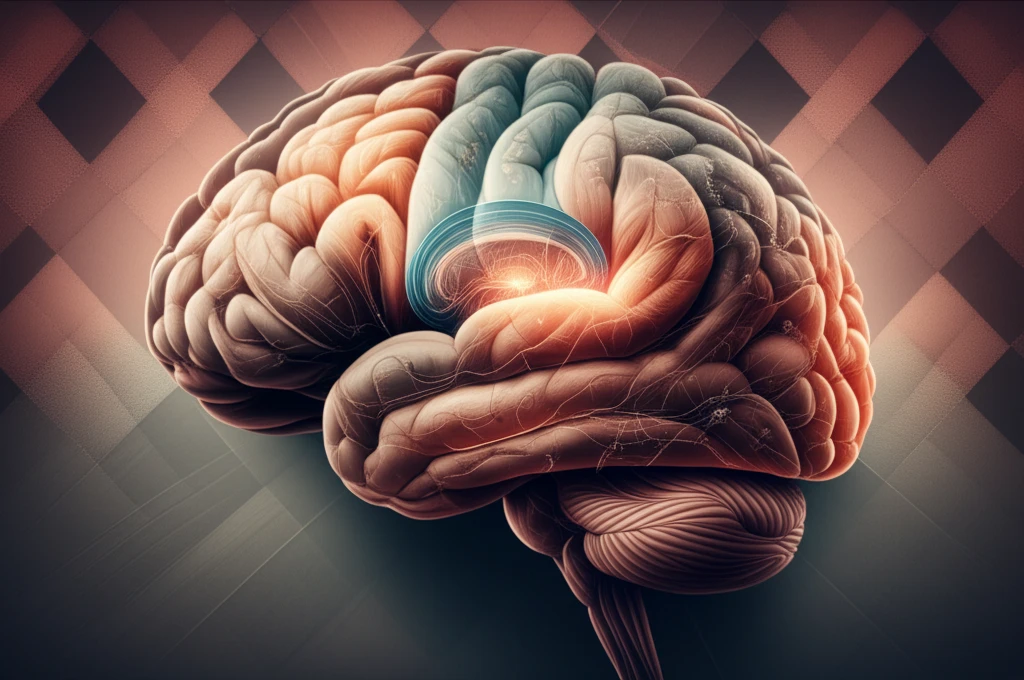
Decoding Lightness: How Your Brain Tricks You (and Why It Matters)
"A deep dive into the fascinating world of lightness perception and how visual cues can lead to surprising illusions."
Have you ever noticed how a white shirt looks white whether you're indoors under dim lighting or outside in bright sunlight? This remarkable ability to perceive consistent surface colors despite varying light conditions is called lightness constancy. It's a fundamental aspect of our vision, but the underlying mechanisms are far more complex than you might think.
Lightness perception isn't just about measuring the amount of light reflected from an object. Our brains actively interpret visual information, taking into account context, surrounding colors, and even perceived depth. This interpretation is so powerful that it can lead to visual illusions where we perceive different lightness values for areas that are physically identical.
Understanding the science behind lightness perception and visual illusions offers fascinating insights into how our brains work and how easily our perceptions can be swayed. This article delves into the research exploring the image features that guide our sense of lightness, revealing the tricks our minds play to make sense of the world.
The Argyle Illusion: A Classic Case of Lightness Deception

One of the most well-known examples of a lightness illusion is the argyle illusion, first described by Edward Adelson. In this illusion, two identical gray patches appear to have different lightness values because of their surrounding context. One patch looks lighter than the other, even though they reflect the same amount of light.
- Anchoring Theory: This theory suggests that the brightest area in a scene acts as an anchor point, and other areas are judged relative to it.
- Center-Surround Models: These models emphasize the importance of the immediate surroundings of an object in determining its perceived lightness.
- Oriented Difference-of-Gaussians (ODOG): This model uses oriented receptive fields at multiple scales to process visual information.
- Atmospheric-Link-Function Models: These models attempt to estimate atmospheric transfer functions to account for how light is transmitted and reflected.
Unraveling the Mysteries of Lightness
Understanding lightness perception is more than just an academic exercise. It reveals the intricate mechanisms our brains use to interpret the world around us. By studying visual illusions and developing computational models, we can gain valuable insights into how our brains construct our reality. Further research promises to unravel even more of the complexities, bringing us closer to truly understanding how we see what we see.
